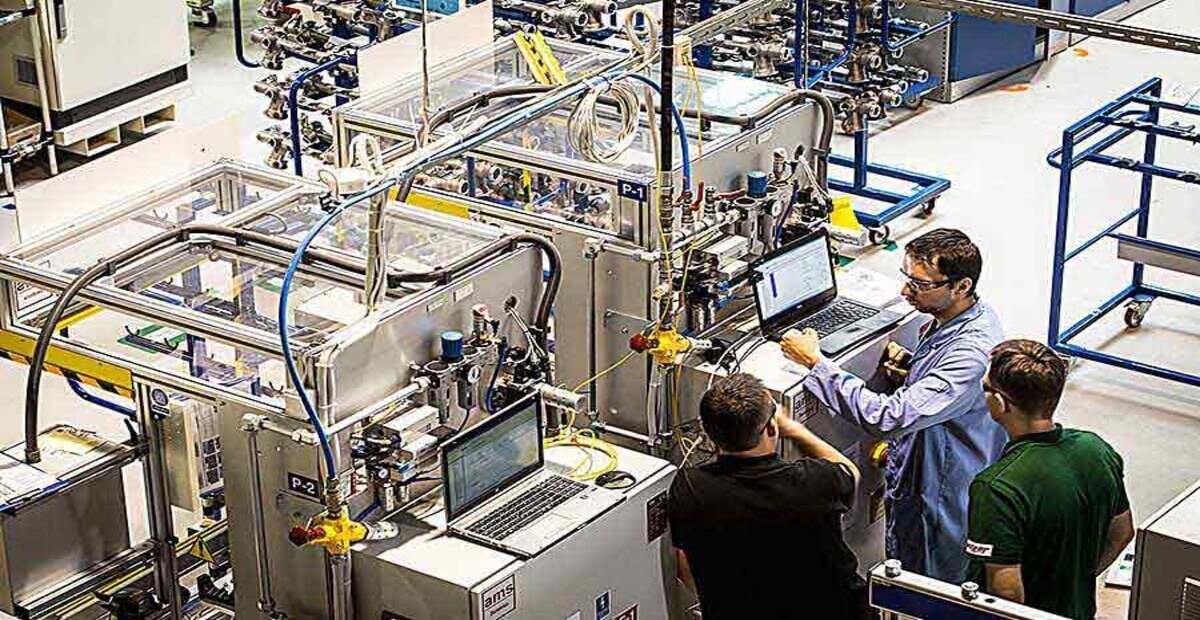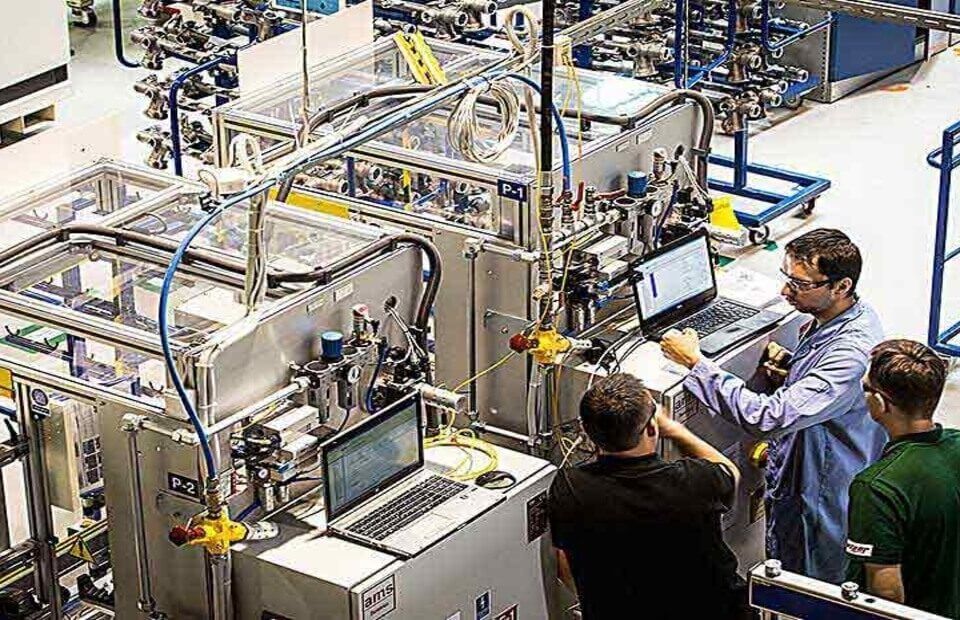
Enhancing Workplace Safety: Engaging Employees for Maximum Impact
June 26, 2022
Elevating Industrial Safety and Efficiency with Predictive Maintenance
July 15, 2022
Enhancing Workplace Safety: Engaging Employees for Maximum Impact
June 26, 2022
Elevating Industrial Safety and Efficiency with Predictive Maintenance
July 15, 2022The dynamic landscape of Industry 4.0, characterized by the integration of data, the Industrial Internet of Things (IoT), and advanced analytics, is ushering in a revolutionary era for manufacturing. This shift towards smart manufacturing is redefining operational paradigms, significantly boosting productivity and resilience across the industry.
The Industrial IoT Revolution
Modern manufacturing environments are equipped with a diverse array of operational technology assets, including sophisticated machinery and advanced robotics. However, the full potential of these assets often remains unrealized due to a lack of interconnectivity. The key to unlocking this potential lies in integrating industrial IoT platforms with advanced technologies such as artificial intelligence (AI), big data, and cognitive manufacturing. This technological convergence is essential for driving efficiency, reducing operational costs, and enhancing plant safety and maintenance.
Leveraging Data for Smarter Manufacturing
The backbone of smart manufacturing is the strategic utilization of data analytics. By harnessing data, manufacturers can predict maintenance requirements and optimize product quality. Data-driven systems provide the agility and adaptability necessary to meet the ever-evolving demands of the market.
Implementing a Three-Tiered Architecture
To fully capitalize on Industry 4.0, manufacturers are adopting a three-tiered architecture that addresses key aspects of factory operations:
- Edge Level: Focuses on optimizing physical production processes for greater efficiency.
- Plant/Factory Level: Ensures smooth plant operations through proactive management of safety and production issues.
- Enterprise Level: Facilitates holistic analysis for informed decision-making and enhanced organizational collaboration.
Advantages of the Three-Tiered Approach
This structured architecture enhances scalability, manageability, and rapid development within manufacturing settings. It creates a flexible and cost-effective system that seamlessly connects various operational tiers, extending resources across multiple platforms.
Enhancing Resilience with Smart Manufacturing
Smart manufacturing acts as a catalyst for flexibility, speed, and resilience. Through comprehensive data collection and analysis, manufacturers can optimize performance and effectively address emerging challenges.
Ensuring Information Security
In today's interconnected industrial landscape, safeguarding sensitive data is crucial. Implementing robust information security practices is essential for protecting data throughout its lifecycle, thereby securing the entire organizational ecosystem.
The integration of industrial IoT, data analytics, and a structured three-tiered architecture is transforming the domain of smart manufacturing. As manufacturers navigate the complexities of Industry 4.0, adopting these advanced strategies is vital for maintaining agility and competitiveness. Continuous adaptation and enhancement are key to thriving in this new manufacturing era.
For tailored support in industrial safety products and expert advice in signage and workplace safety, rely on EZSecur. Learn more at www.ezsecur.com.






